Isolated islands often hide secrets, and some of the world’s most mysterious creatures live in these remote areas. These animals have evolved uniquely, shaped by their environment and isolation. Their habitats are often fragile, making them rare and fascinating to researchers and explorers. Here are some of the most intriguing creatures from the world’s most isolated islands.
Coconut Crab – Christmas Island, Indian Ocean

The Coconut Crab is the largest terrestrial arthropod in the world. It can grow up to 3 feet across and weigh as much as 9 pounds. Known for its strength, it can easily crack open coconuts with its powerful claws. Coconut Crabs are excellent climbers, often seen scaling trees in search of food. Found on Christmas Island and other tropical islands, they play an important role in their ecosystem by helping to break down organic material.
Fossa – Madagascar
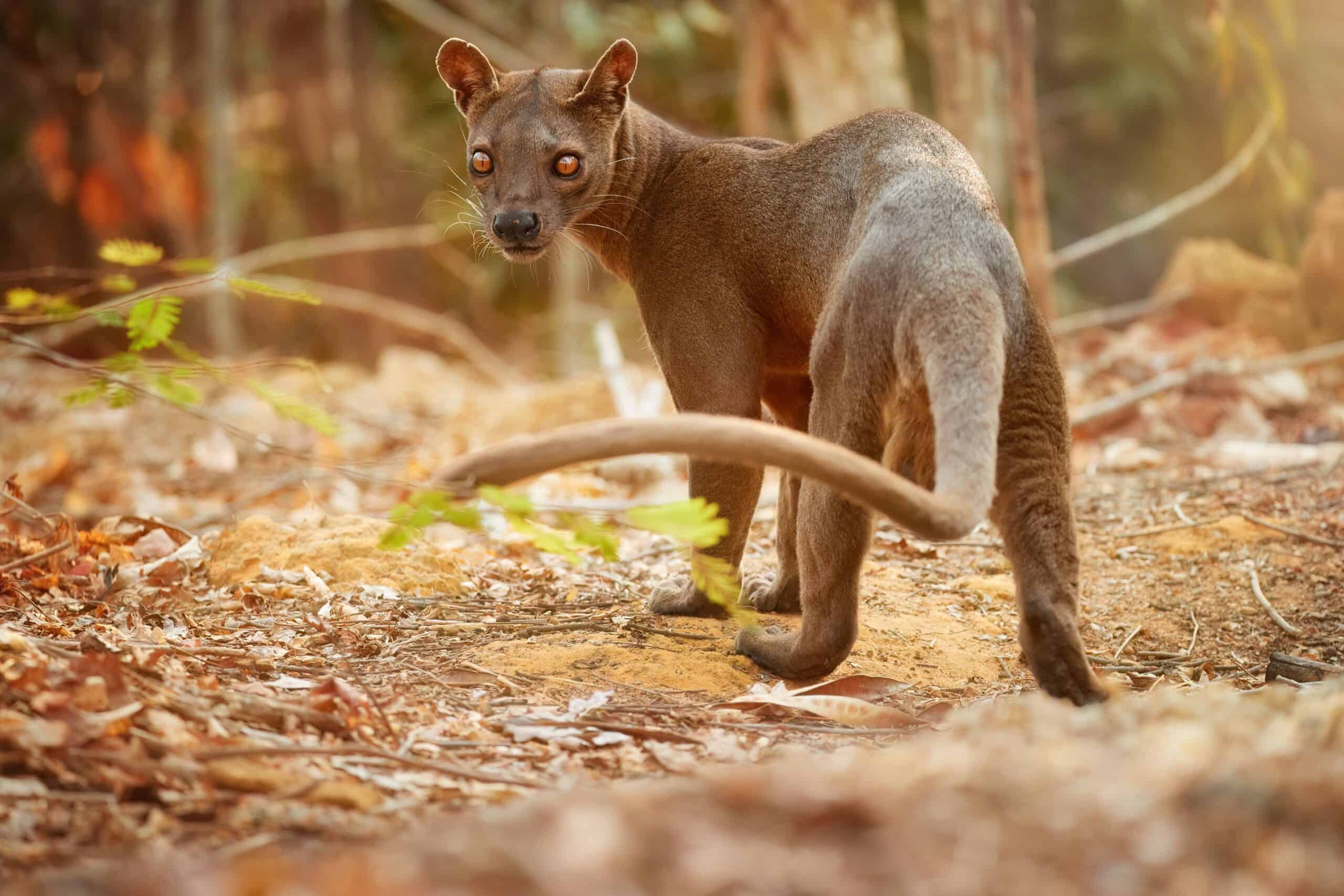
The Fossa is Madagascar’s top predator and closely resembles a small cougar. It has a slender body, with sharp claws and teeth, and can grow up to 6 feet long. Fossas are highly agile, able to leap between trees with ease to hunt their prey, which includes lemurs. They are solitary and territorial animals, roaming the island’s dense forests in search of food. Due to habitat loss and hunting, the Fossa’s population is in decline, making it one of the island’s most vulnerable species.
Javan Rhino – Java, Indonesia
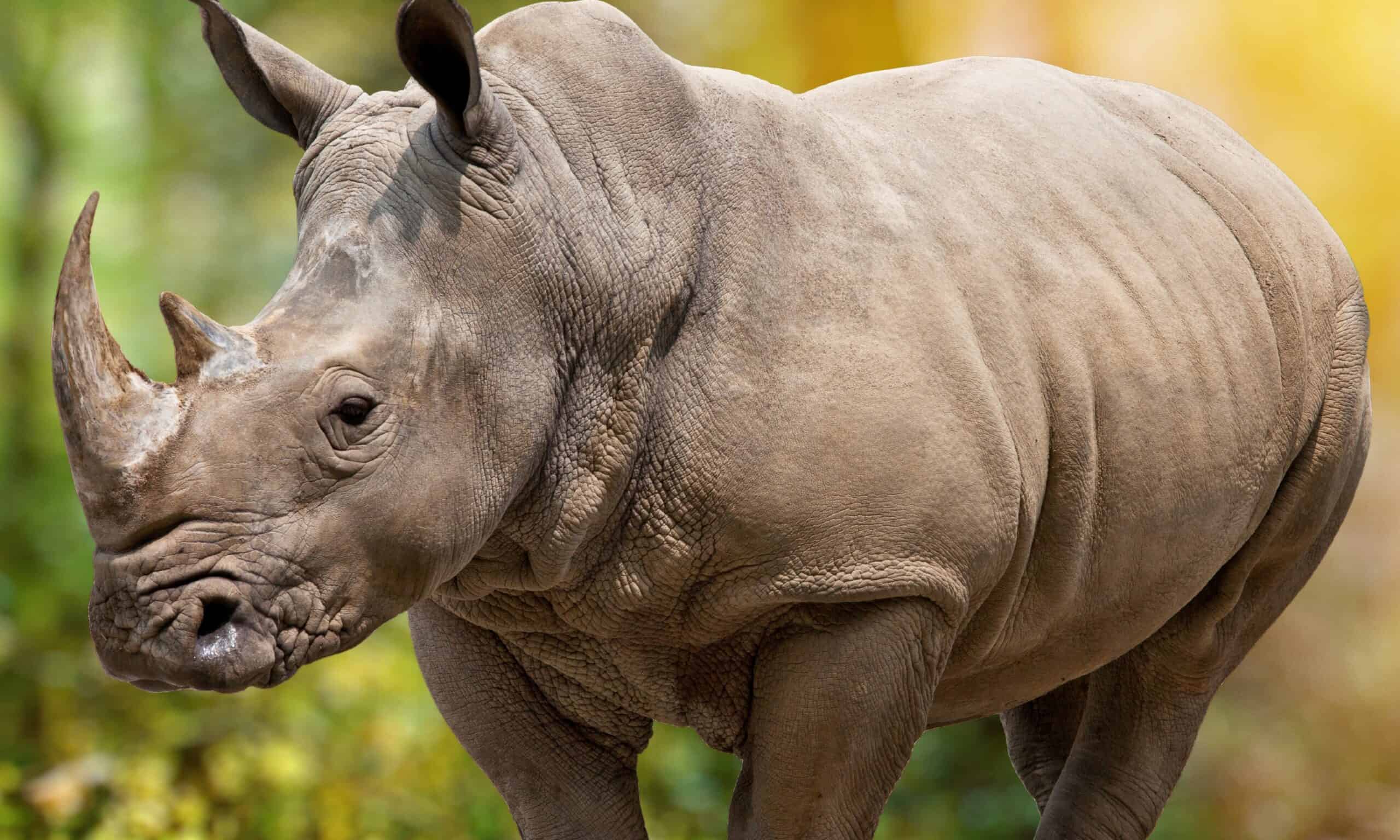
The Javan Rhino is one of the rarest large mammals on Earth. It is a solitary animal, with only about 70 individuals left in the wild, all located in Ujung Kulon National Park on the island of Java. These rhinos have a single horn and a tough, grey hide that resembles armor. They prefer to live in dense rainforests near water, where they feed on leaves, shoots, and fruits. Habitat destruction and poaching have pushed this species to the brink of extinction.
Aldabra Giant Tortoise – Aldabra Atoll, Seychelles
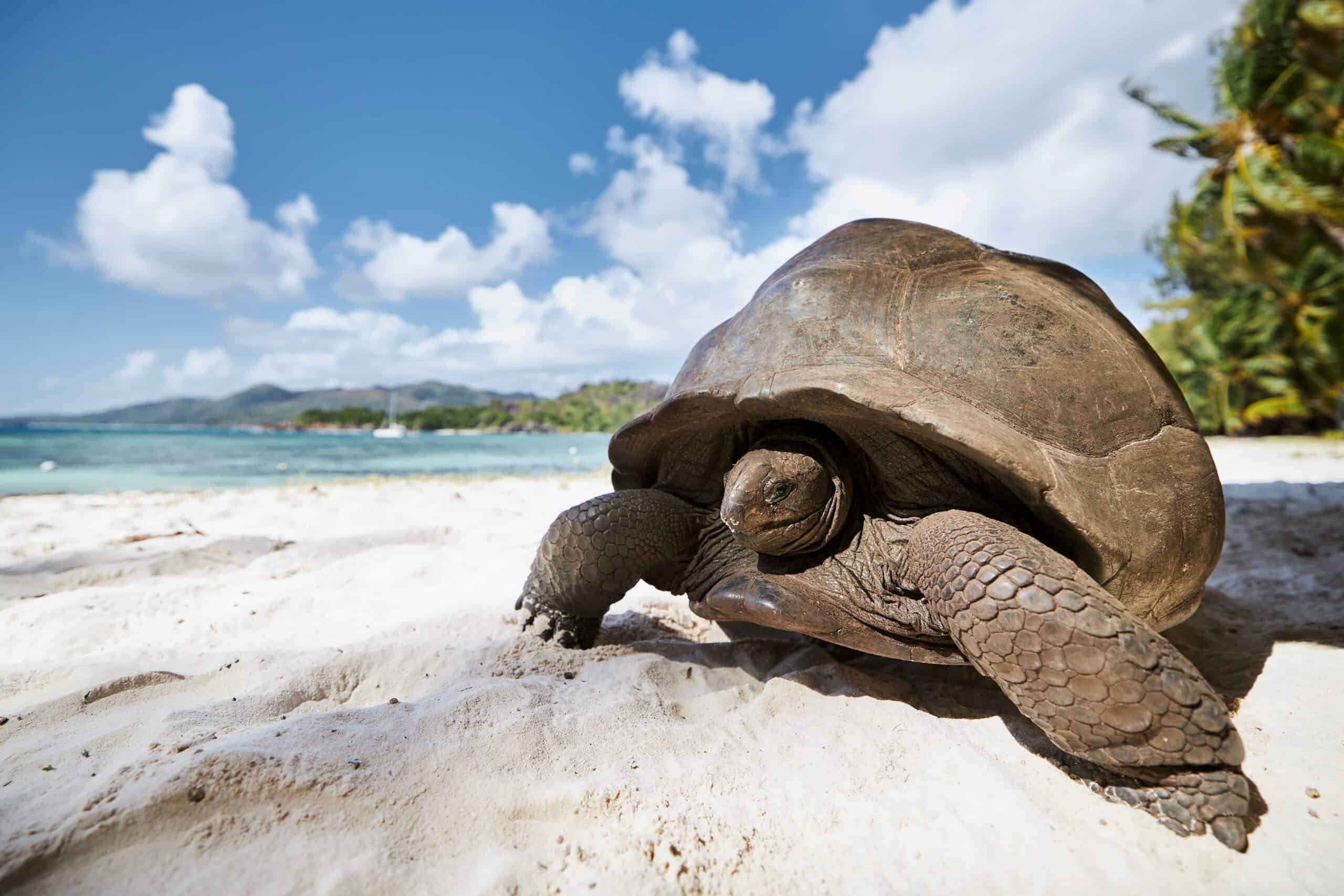
The Aldabra Giant Tortoise is one of the largest tortoises in the world, weighing up to 550 pounds. It is native to the Aldabra Atoll in the Seychelles, where it roams freely across the island’s grasslands. These tortoises have a slow metabolism and can live for over 100 years. They are herbivores, feeding mainly on grasses, leaves, and fruit. Conservation efforts have helped protect this species from extinction, and their population is now stable.
Northern Bald Ibis – Morocco and Syria

The Northern Bald Ibis is a critically endangered bird with a striking appearance. It has a long, curved beak, bald head, and black iridescent feathers. Historically found across Europe and the Middle East, the species is now limited to small populations in Morocco and Syria. Northern Bald Ibises are migratory birds that feed on insects, small reptiles, and snails. Conservation programs are working to reintroduce them to their former habitats and protect them from extinction.
St. Helena Earwig – St. Helena Island, South Atlantic

The St. Helena Earwig is one of the world’s largest earwigs, growing up to 3 inches long. It was native to the remote island of St. Helena in the South Atlantic. These nocturnal insects were once abundant, living in rocky crevices and feeding on organic material. However, habitat destruction and invasive species have driven them to the brink of extinction, and they are now feared to be extinct in the wild. Conservationists continue to search for any remaining populations.
Komodo Dragon – Komodo Island, Indonesia
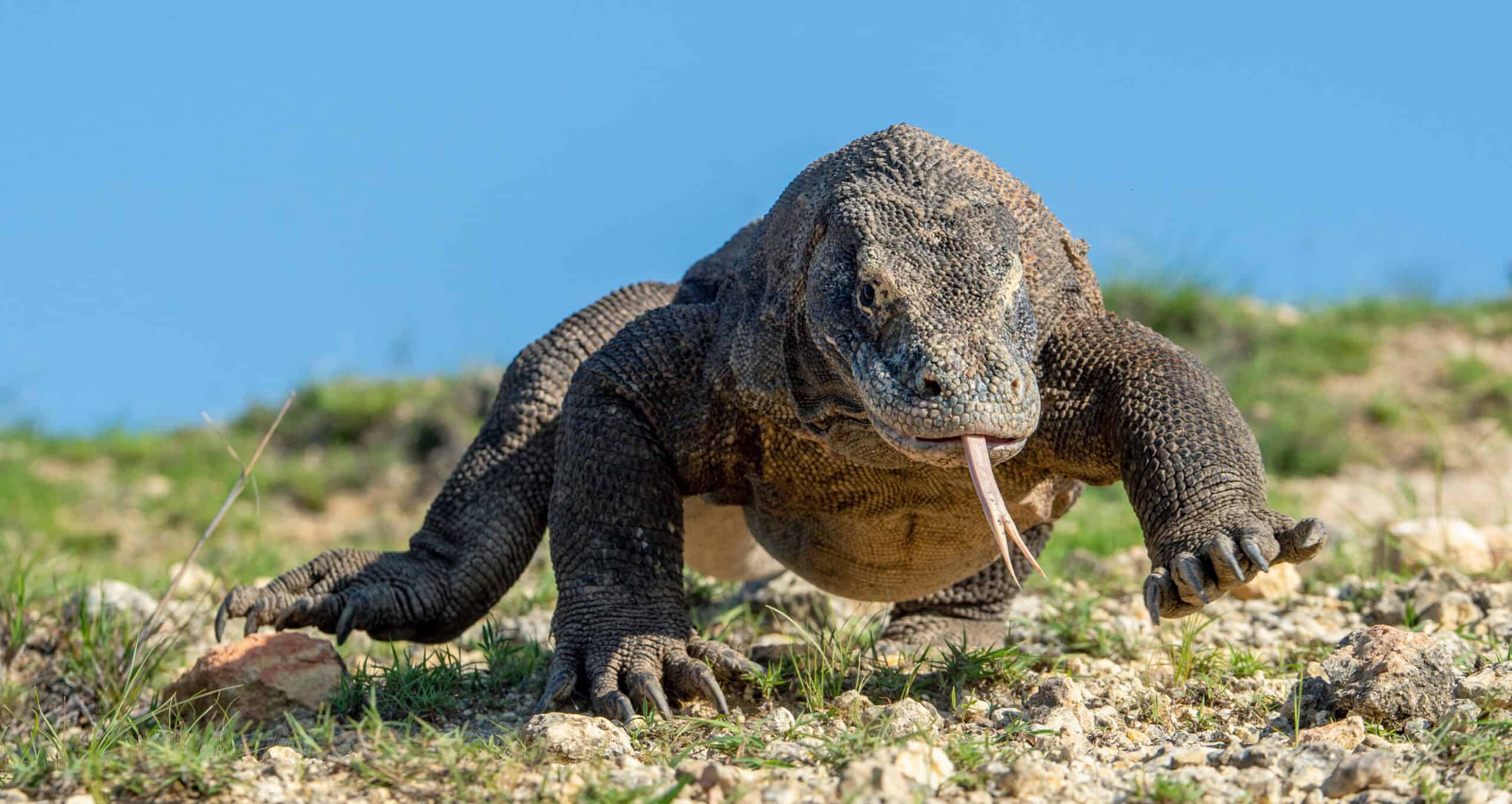
The Komodo Dragon is the largest lizard in the world. It can grow up to 10 feet in length and weigh over 150 pounds. These reptiles have sharp claws and a powerful bite with toxic saliva. Komodo Dragons are excellent hunters, using their keen sense of smell to detect prey from miles away. Found only on a few Indonesian islands, they have adapted to their rugged environment by hunting large prey, including deer and water buffalo.
Aye-Aye – Madagascar

The Aye-Aye is one of Madagascar’s most unusual creatures. This nocturnal primate has large, glowing eyes and a long, bony finger used to extract insects from trees. It resembles a mix between a lemur and a rodent but is neither. The Aye-Aye’s unique feeding habits and eerie appearance have made it the subject of local superstitions. Its habitat is shrinking, making it a rare and elusive sight in the wild.
Kakapo – New Zealand

The Kakapo is the world’s heaviest parrot and one of the few flightless birds. Native to New Zealand, it is nocturnal and has a distinctive green plumage that helps it blend into its forest habitat. Kakapos have a slow reproductive cycle, making them vulnerable to extinction. They are known for their booming calls, which males use to attract mates during the breeding season. Conservation efforts are crucial to preserving this unique bird.
Galápagos Tortoise – Galápagos Islands, Ecuador
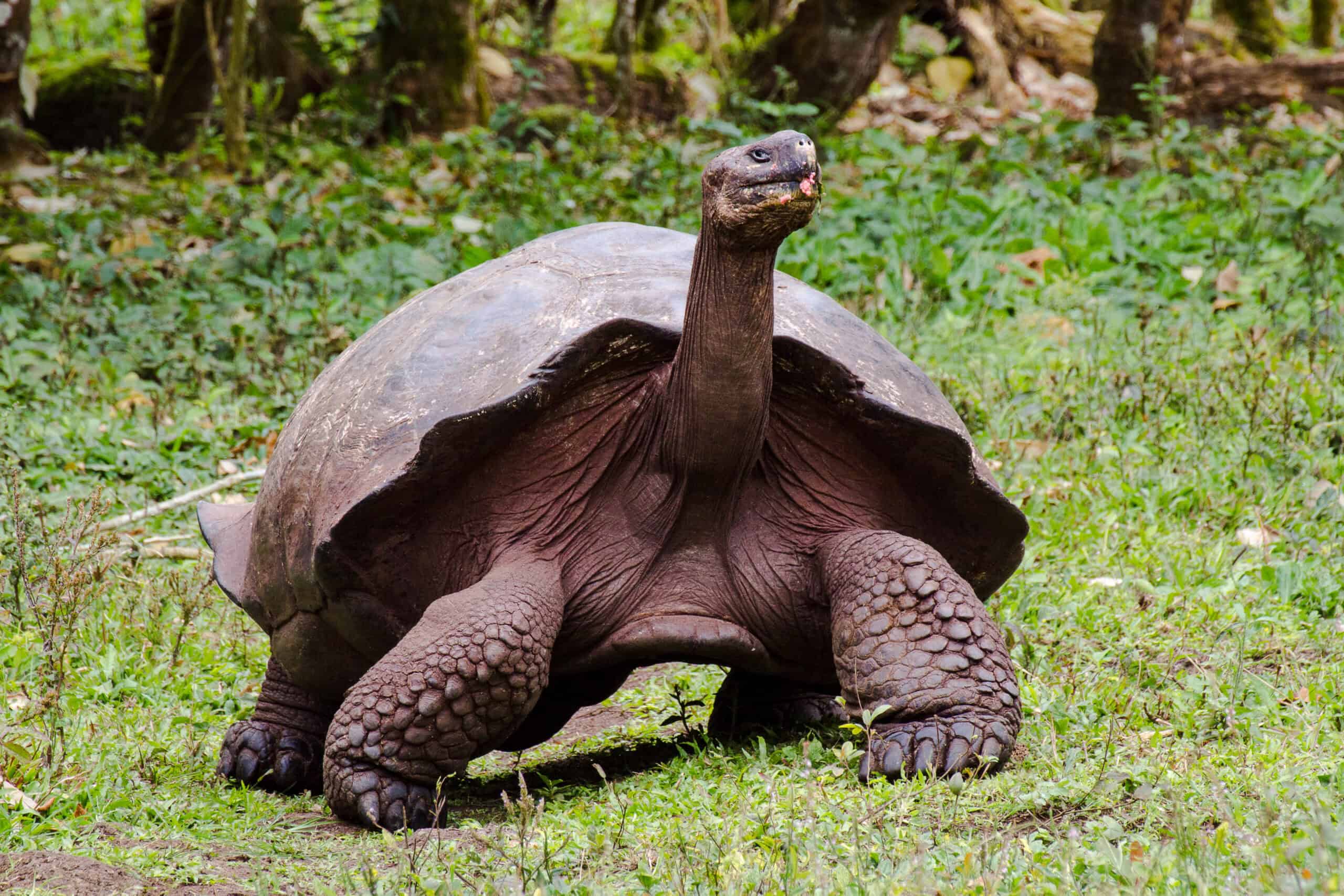
Galápagos Tortoises are among the longest-living animals on Earth, with some living over 100 years. They can weigh up to 900 pounds and are native to the Galápagos Islands. These slow-moving giants are herbivores, grazing on grasses, fruits, and cacti. Their large shells provide protection, and their long necks help them reach high vegetation. Due to human activities, their population has drastically declined, but conservation programs are helping them recover.
Tarsier – Southeast Asian Islands
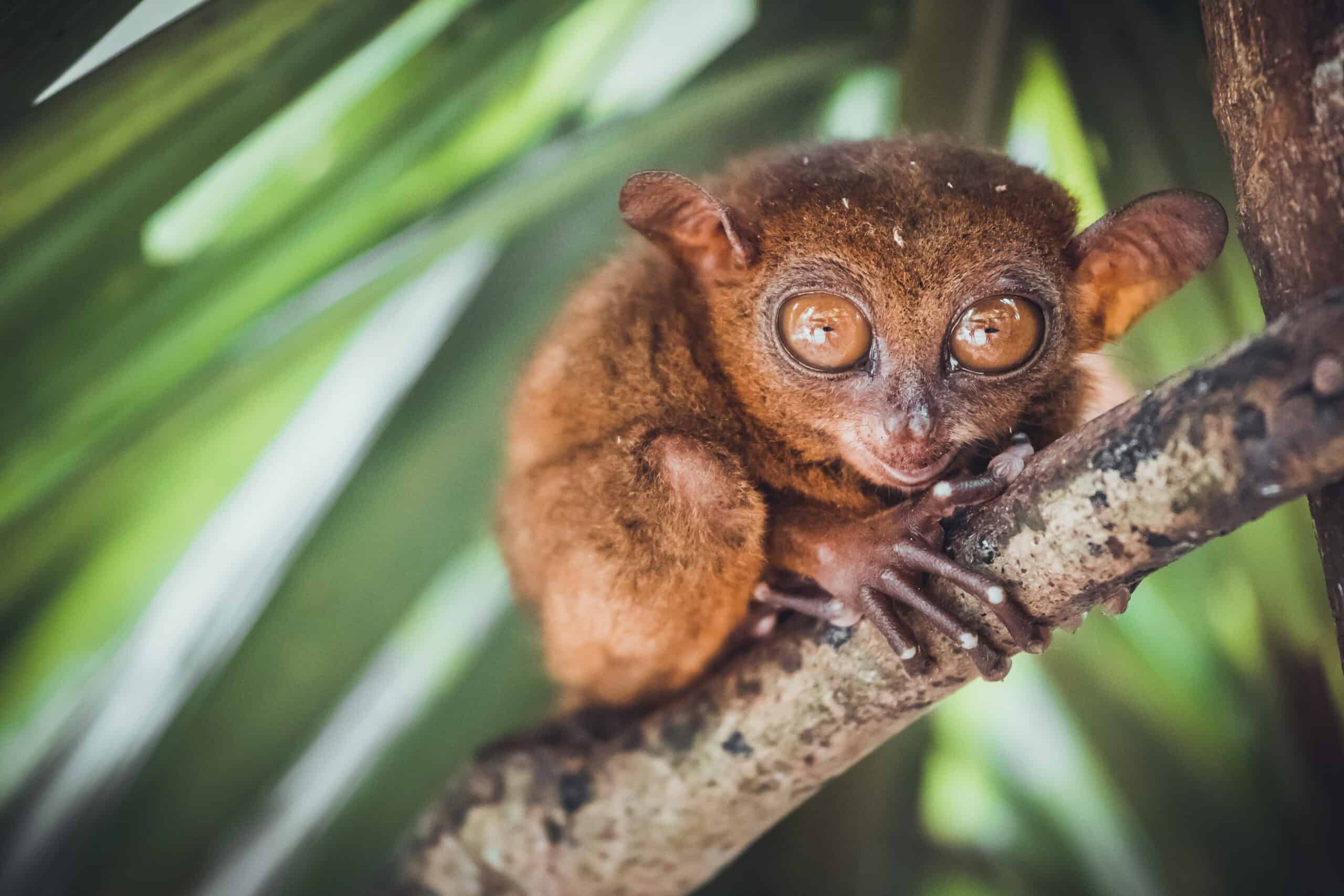
Tarsiers are small primates known for their enormous eyes, which are as large as their brains. These nocturnal creatures can rotate their heads almost 180 degrees to spot prey. Found on several Southeast Asian islands, Tarsiers are agile hunters, feeding on insects and small vertebrates. Their long fingers and toes allow them to leap between trees with ease. Despite their small size, they are highly territorial and communicate through high-pitched calls.
Solenodon – Hispaniola (Haiti and the Dominican Republic)
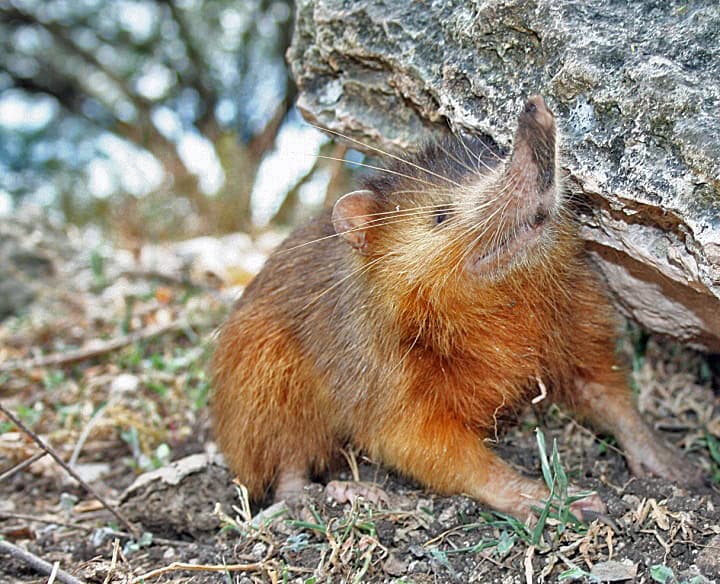
The Solenodon is a rare, nocturnal mammal found only on the island of Hispaniola. It has a long, flexible snout and is one of the few venomous mammals. Solenodons inject venom into their prey through grooves in their lower teeth. These ancient creatures have remained largely unchanged for millions of years. They are endangered due to habitat destruction and introduced predators like dogs and cats.
Quokka – Rottnest Island, Australia
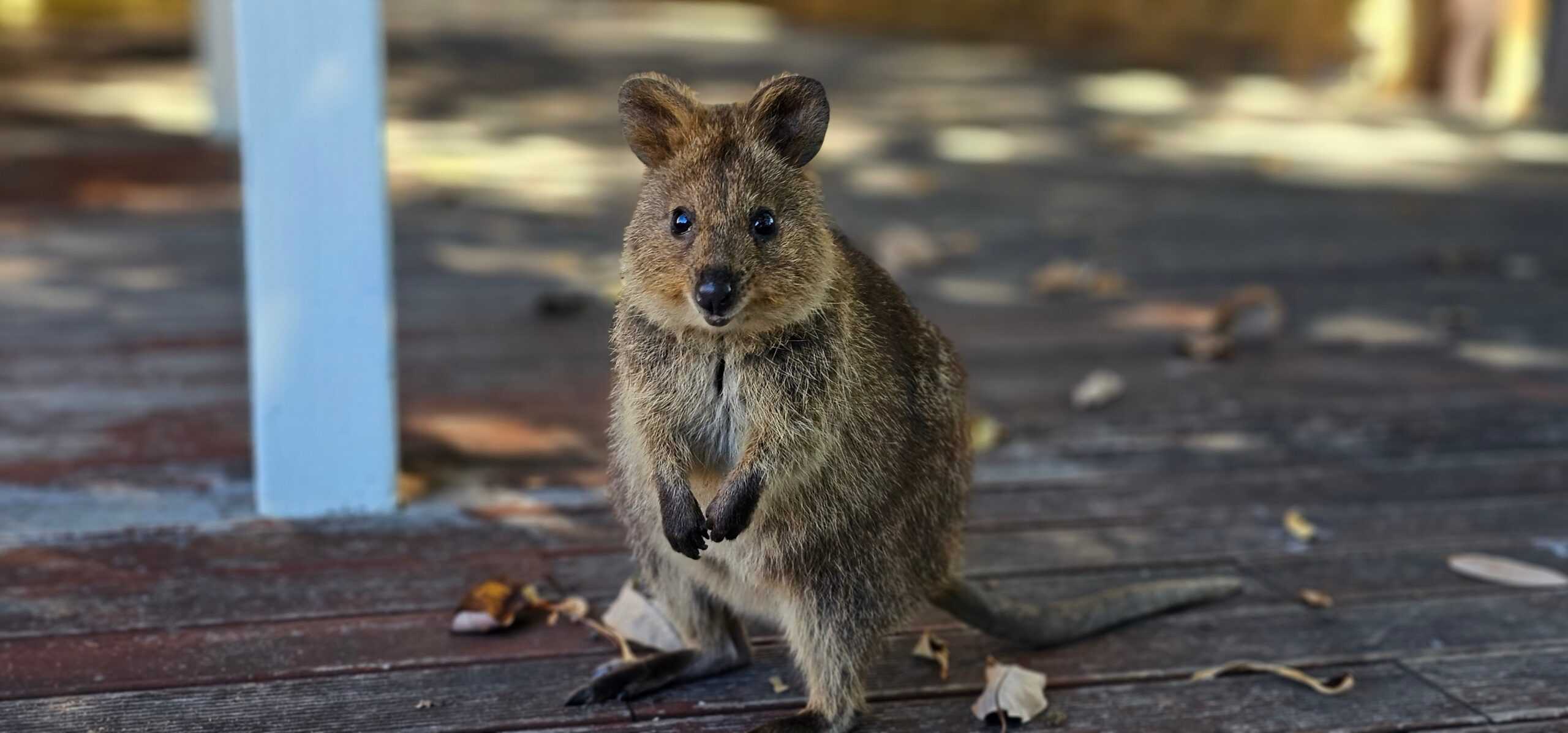
The Quokka is often called the “happiest animal” because of its smiling face. This small marsupial is found primarily on Rottnest Island, Australia. Quokkas are herbivores, feeding on grasses and leaves. They are known for their friendly nature, often approaching humans for food. Despite their charm, they are vulnerable due to habitat loss and predation by introduced species like foxes and cats.
Lord Howe Island Stick Insect – Lord Howe Island, Australia
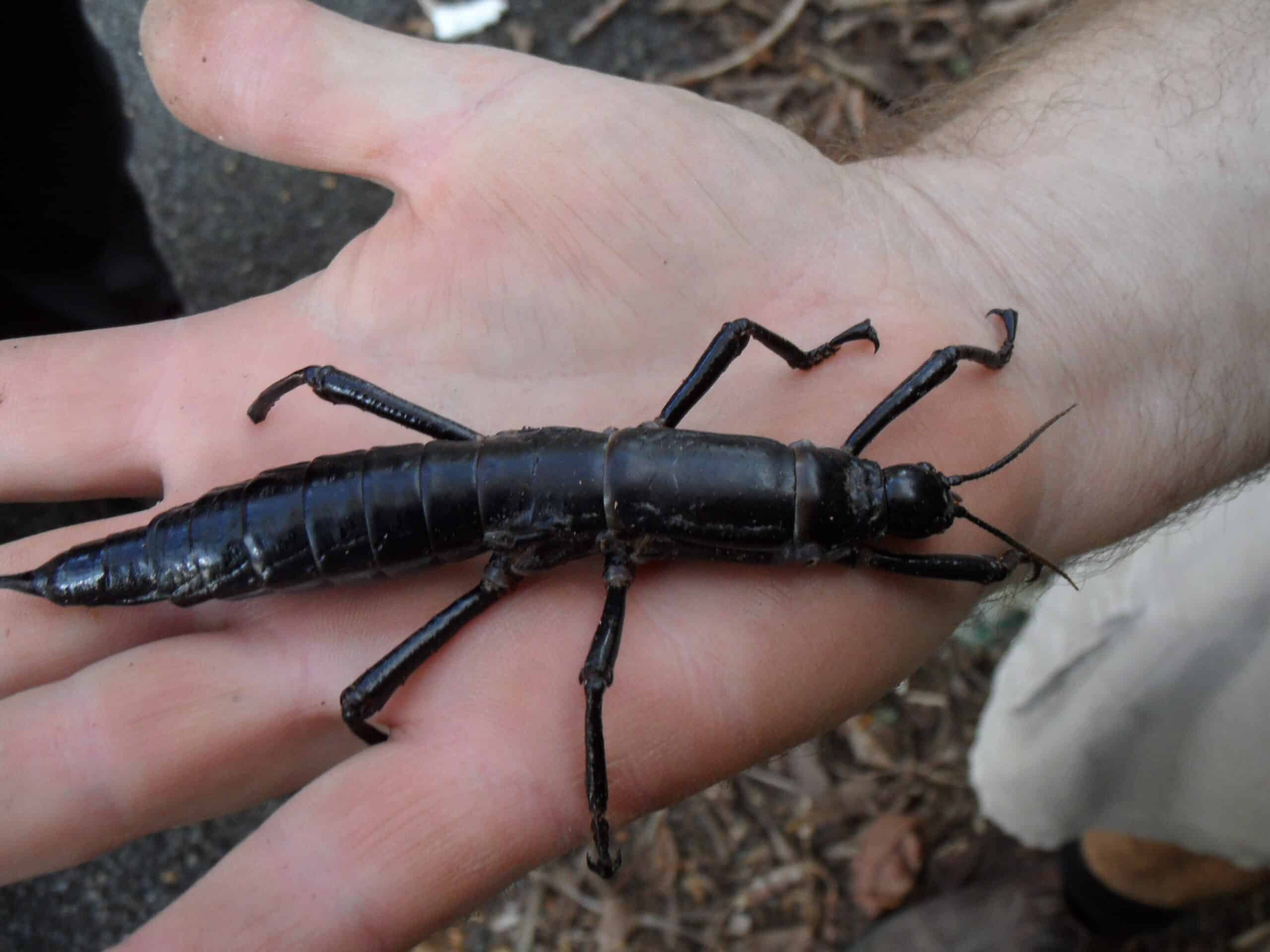
Once thought extinct, the Lord Howe Island Stick Insect was rediscovered in 2001. This large, flightless insect is also known as the “tree lobster” due to its size. It can grow up to 6 inches long and is found only on a few remote islets near Lord Howe Island. These nocturnal creatures feed on plant leaves and live in small populations. Their rediscovery is considered one of the most remarkable conservation stories.
Hawaiian Monk Seal – Hawaiian Islands, USA
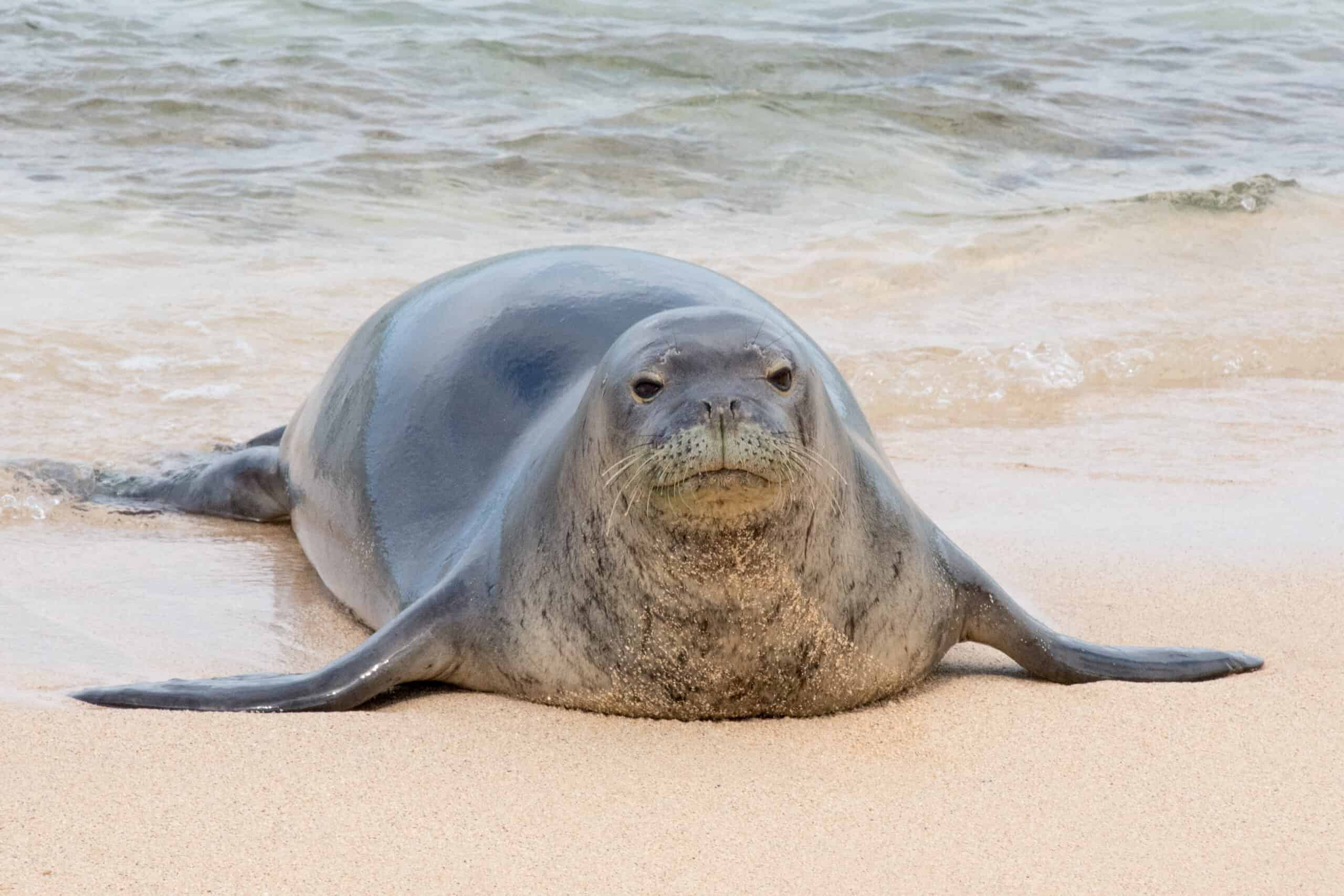
The Hawaiian Monk Seal is one of the world’s most endangered marine mammals. These seals are native to the warm waters surrounding the Hawaiian Islands. Monk Seals are solitary creatures, spending most of their time hunting for fish and octopus in shallow waters. They can grow up to 7 feet long and weigh around 600 pounds. Human activity and habitat loss have drastically reduced their numbers, but efforts to protect their breeding grounds are ongoing.
Seychelles Sheath-tailed Bat – Seychelles

The Seychelles Sheath-tailed Bat is a small, insect-eating bat found only in the Seychelles. It has a distinctive tail that is partly enclosed in a membrane, giving it its name. These bats are nocturnal, using echolocation to hunt insects in the dark. They prefer roosting in caves, rock crevices, and sometimes man-made structures. Due to habitat destruction and competition from invasive species, their population has severely declined, making them one of the most critically endangered bats in the world.
Flightless Cormorant – Galápagos Islands, Ecuador

The Flightless Cormorant is a unique bird found only in the Galápagos Islands. Unlike other cormorants, it has lost the ability to fly, adapting instead to a life of swimming and diving for fish. Its small wings are nearly useless, but its powerful legs and webbed feet make it an excellent swimmer. These birds have dark, glossy feathers and a sharp beak to catch prey underwater. Habitat isolation has allowed the Flightless Cormorant to thrive in this specific environment, but they remain vulnerable to environmental changes.
Kagu – New Caledonia

The Kagu is a rare, flightless bird native to the forests of New Caledonia. It has striking pale grey feathers, bright orange legs, and a long, sharp beak. Kagus are ground-dwellers, using their beaks to forage for insects and small animals in the leaf litter. They are known for their loud calls, which echo through the dense forests. Due to habitat destruction and predation by introduced species, the Kagu is listed as endangered, but ongoing conservation efforts aim to protect this remarkable bird.
This article originally appeared on Rarest.org.
More from Rarest.org
1986 Washington Quarter Value Guide

Beginning in 1968, the copper core and 8.33% nickel coating of the Washington Quarters took the role of the silver component. Read More.
1986 Lincoln Penny Value Guide
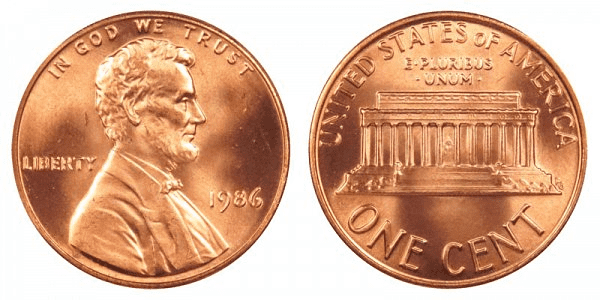
The 1986 Lincoln Penny is very contemporary in terms of coin collection, and it is frequently found in change. Read More.
9 Unique Antique Furniture Pieces Crafted by Master Artisans

Antique furniture carries history, elegance, and exceptional craftsmanship. Each piece reflects the artistry of its time, meticulously crafted by master artisans. Read More.
